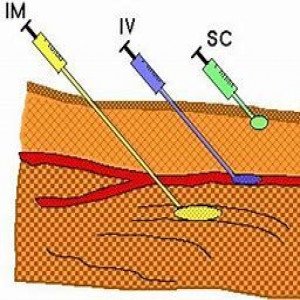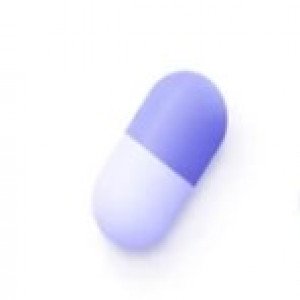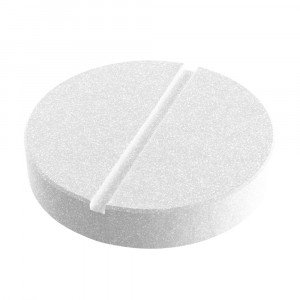 Welcome
Welcome
“May all be happy, may all be healed, may all be at peace and may no one ever suffer."
- A
- B
- C
- D
- E
- F
- G
- H
- I
- J
- K
- L
- M
- N
- O
- P
- Q
- R
- S
- T
- U
- V
- W
- X
- Y
- Z
Trexam 500mg / 5ml
Healthcare Pharmaceuticals Ltd.
Intrax 500mg / 5ml
Incepta Pharmaceuticals Ltd.
Tranexil 500mg / 5ml
Beximco Pharmaceuticals Ltd.
Tranexamic Acid - Brands
This is a preparation of tranexamic acid (trans-4 aminomethyl-cyclohexanecarboxylic acid). Tranexamic acid is a substance endowed with a strong antifibrinolytic action and both in vivo and in vitro it has proved to be 10 times more active than conventional hemostatics, depending on the test. The antihemorrhagic action of tranexamic acid is essentially due to an inhibition of the plasminogen activation of both exogenous activators like streptokinase and endogenous ones like urokinase and the plasminogen tissue activator. This fact is particularly important for the clinical use of Tranexamic Acid, because it ensures an antihemorrhagic activity with an antifibrinolytic mechanism under a variety of conditions.
The acute toxicity of Tranexamic Acid is extremely low and chronic toxicity almost non-existent. Tranexamic Acid is well absorbed by oral route and the effect is already seen 15-30 minutes after administration. It is excreted mainly by renal route but more slowly than conventional hemostatics. These features make the Tranexamic Acid effect more lasting than those conventional hemostatics. Considerably lower single doses of Tranexamic Acid can thus be administered at greater intervals without the drug plasma levels dropping to inefficient levels of antifibrinolytic activity between one dose and the other.
Tranexamic Acid at therapeutic doses does not interfere with clotting processes and even a prolonged administration has not been seen to be accompanied by any tendency to thrombophilia.
To be happy, beautiful, healthy, wealthy, hale and long-lived stay with DM3S.

